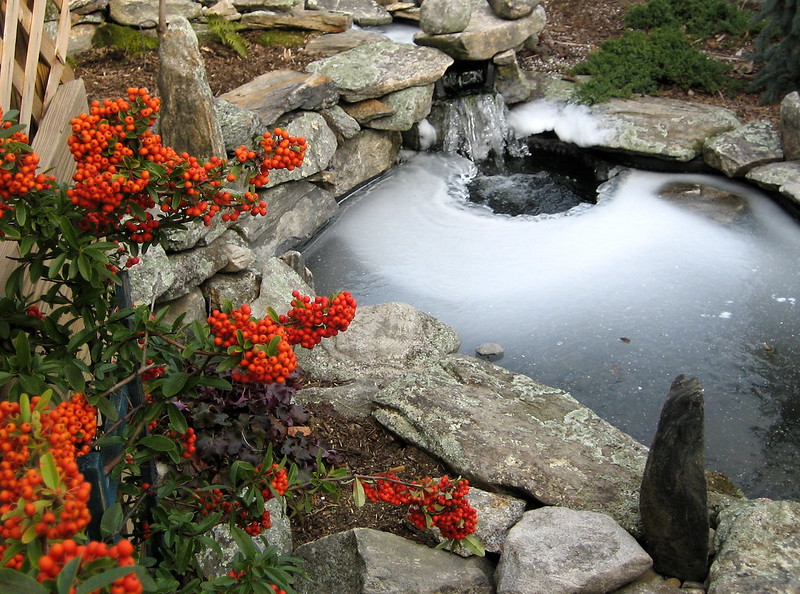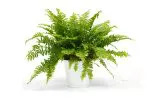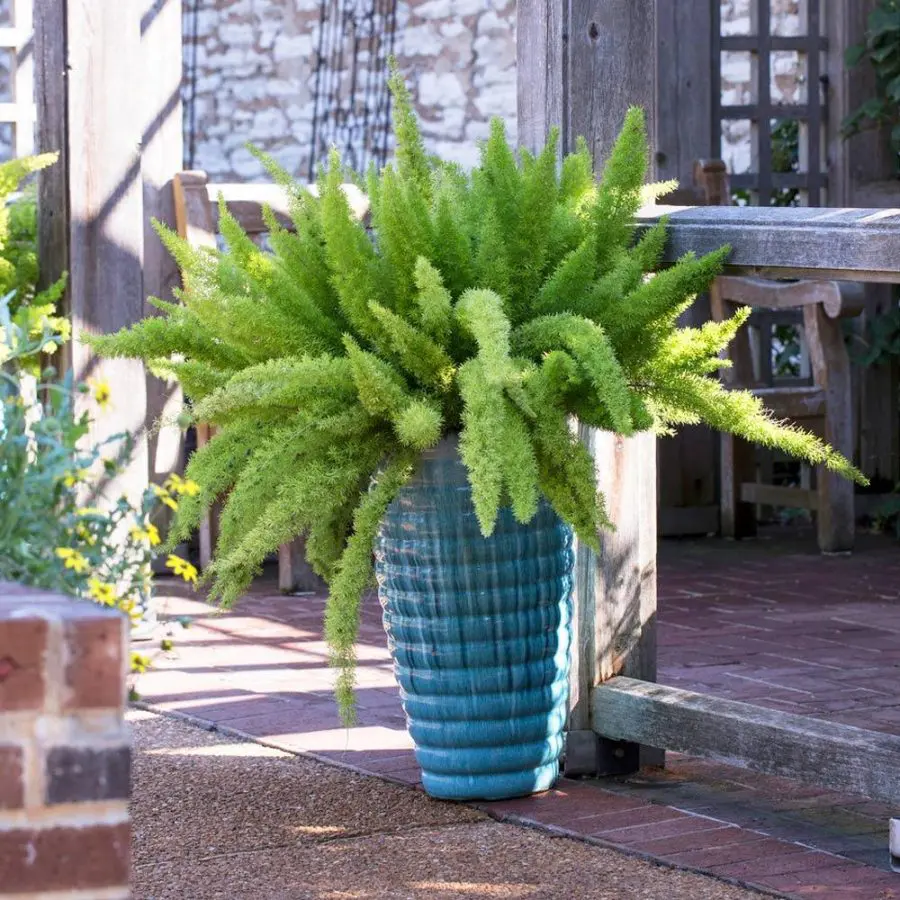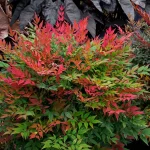This post contains affiliate links. If you buy something from one of our links we may earn a commission. Thanks

Keep your koi cozy this winter! Learn the ins and outs of winterizing your koi pond with our friendly guide. Say goodbye to chilly fishy swims!
Winterizing Your Koi Pond involves taking steps to ensure the health and safety of your fish and the pond ecosystem during the colder months. This includes installing a pond heater or de-icer to prevent freezing, reducing fish feeding, and removing any decaying plant matter. Proper winterization helps maintain water quality and protects your koi.
Hey there fellow fish lovers! As the temperature drops and the leaves fall, it’s time to start thinking about winterizing your koi pond.
Don’t let the chilly weather ruin your precious fish’s home! With a few simple steps, you can ensure your koi stay happy and healthy all winter long.
So grab a cozy sweater and a cup of hot cocoa, and let’s dive into the world of winterizing your koi pond!
Winterizing Your Koi Pond: How To Avoid Dangerous Cold Weather
As the colder months approach, winterizing your koi pond becomes important and you need to take steps to properly prepare your koi pond for winter.
During the winter months, koi will go into a dormant state and stop eating, it’s essential to ensure that the water temperature, flow and oxygen levels are suitable for the fish, to keep them healthy and alive.
Tips For Winterizing Your Koi Pond
In this article, we’ll go over the essential steps for preparing your koi and equipment for the winter, as well as tips for maintaining the health of your koi during this time.
Preparing the Fish:
To prepare your koi for winter, it’s important to gradually acclimate them to cooler water temperatures.
Gradually reduce feeding in the fall and you will begin to see them lose interest in eating as the water cools.
During the winter months, koi will not eat, so it’s important to stop feeding them during this time. But feeding the fish before winter is also important, as it will help them store enough energy to survive the dormant period.
Pond Equipment:
When preparing your koi pond for winter, it’s essential to keep the equipment running to ensure that the water flow and oxygen levels are suitable for the fish.
If there are fish in the pond your pump should continue to run all winter. If you have a pond without fish there is no reason to leave it on.
If you have a submersible pump, it should be just fine but it’s a good idea to insulate any exposed pipes to prevent them from freezing.
If your pump is above ground take steps to protect it from the elements. If it is kept running it should not freeze. Hopefully, it is undercover in a shed and can be protected.
Also, consider purchasing a pond de-icer to keep a small area of the pond from freezing solid, to ensure that a hole for gas exchange is always open.  Pond Maintenance:
Pond Maintenance:
During the winter months, it’s still important to maintain your koi pond. If you have a pond skimmer you can leave it running.
If you don’t or decide to turn it off you will want to manually skim the surface of the pond regularly to remove leaves and other debris that can cause water quality issues.
Also, make sure to clean any filters and perform any necessary maintenance before cold weather arrives.
Running water does not usually freeze. I have left my skimmer and waterfall on in single-digit cold weather without any problems.
It’s also important to protect your pond’s structure and liner from freeze damage. If your pond is shallow, add more water to increase its depth.
Koi Health:
Koi are pretty resilient and can handle most winter temperatures as long as the pond doesn’t freeze solid.
You need to maintain an opening in the ice for gas exchange. You can do this by using a pond deicer.
It’s also important to take steps to prevent common winter-related koi health problems.
This includes keeping the water flow and oxygen level suitable for the fish.
Also, pay attention to water quality, keep an eye out for signs of disease and address any issues immediately.
FAQ
How do you winterize a koi pond?
To winterize a koi pond, you should:
• reduce feeding in the fall
• stop feeding them during the winter
• keep equipment running to maintain water flow and oxygen levels
• insulate exposed pipes
• consider using a pond de-icer to prevent the pond from freezing solid
• maintain the pond by skimming debris and cleaning filters
• protect the pond’s structure and liner from freeze damage
• pay attention to water quality and koi health
Do you need to winterize a koi pond?
Yes, if you have fish in it. Winterizing a koi pond is important to protect the fish during the dormant period.
Can I leave my pond pump running in the winter?
If there are fish in the pond you must keep your pump running to keep your fish alive during the winter.
Winterizing Your Koi Pond Final Thoughts
Preparing your koi pond for winter is an important task that requires some time and effort, but it’s essential for protecting your fish during the dormant period so you can enjoy your koi pond again come spring.
By following the steps outlined in this article, you’ll be winterizing your koi pond and keeping your koi healthy and alive all winter long.
Read more: Water Gardening for Beginners: 11 Tips For Successful Water Gardens






